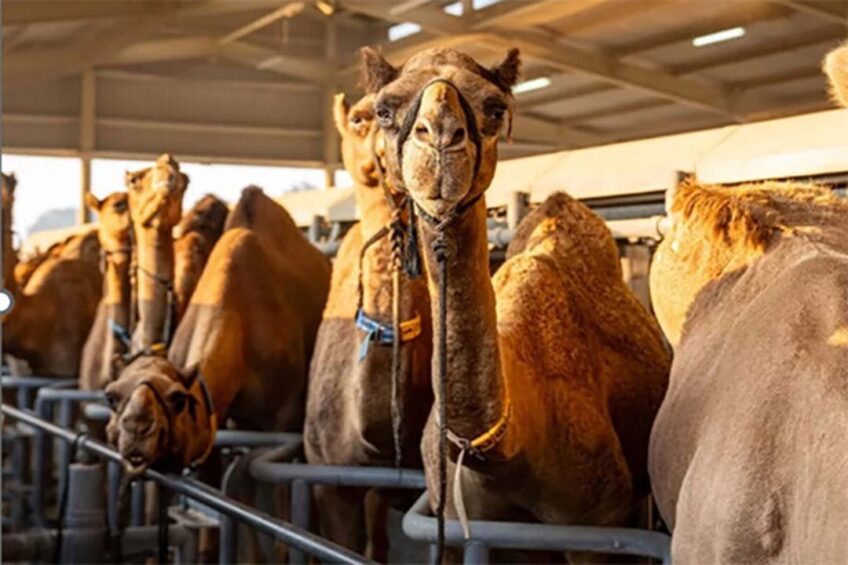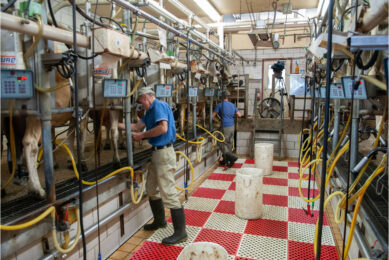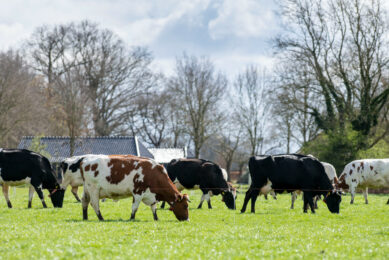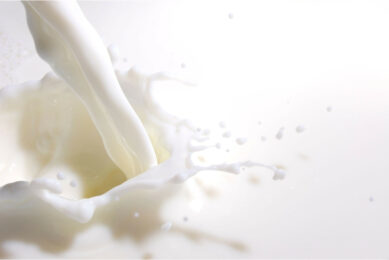Camel dairy investments are growing

When and where growth in demand for any product seems assured, investment money flows in. This is the currently the case for camel milk.
Investors are now supporting the creation of new farms in countries like Saudi Arabia, the UAE, Kazakhstan and Mongolia, according to Dr Ariell Ahearn of the University of Oxford in a new BBC article. There are also camel dairies in Australia and the US looking to grow.
Camel milk production
The UN Food and Agriculture Organization (UN FAO) notes that in Sub-Saharan Africa, camels already produce about 8% of total milk production, with most production in Kenya followed by Somalia and Mali. The UN has declared 2024 the International Year of the Camelids (camels, alpacas and llamas) and celebrated with a live animal parade in Paris on 20 April.
Camel milk is nutritious and low in allergens. Arabian camels, which have a much higher milk yield than Bactrian, are being used increasingly in intensive dairy operations, states the UN FAO.
“Camels can produce more milk from poor feed than any other dairy species. In northern Kenya, for example, camels produce far more milk than cattle. Camel dairy products could not only provide more food for people in arid and semi-arid areas but also give nomadic herders a rich source of income,” says the FAO.
Investment in the Middle East
In January 2024, Saudi Arabia’s Public Investment Fund (PIF) established a new company called Sawani to support the growth of camel farming in that country as part of an economic diversification strategy. “Saudi Arabia has extensive experience and knowledge of the camel dairy industry and enormous potential to expand its operational capabilities and wider ecosystem,” stated a PIF representative. “These factors represent a competitive advantage across the entire supply chain, which, alongside investment, will enable significant growth of the industry, and eventually lead to the export of camel dairy products.”
Camel milk has already been exported for several years to the EU and UK from the UAE, where camel dairies have existed for decades. Al Ain Farms (Camelait brand) and Camelicious, for example, offer a range of products such as fresh and flavoured milk, milk powder, ice cream and coffee drinks.
Production
It appears that Middle East camel dairies import hay from the US to feed their camels. But the UN FAO notes that camel milk is normally produced under low-input, low-output systems, and 5 l/day is considered a decent yield.
“Lactating camels generally produce between 1,000-2,700 litres per lactation in Africa, but camels in South Asia were reported to produce up to 12,000 litres per lactation. Camels produce milk for between 8 and 18 months,” notes the FAO.
Genetic advances
In a recent article, Ahearn and Dr Dawn Chatty, also at University of Oxford, note thatcloning and other advanced reproductive techniques have become more common in camel breeding for racing and camel ‘beauty contests’ in Middle Eastern countries. Prizes can be as high as€2.33 million. These technologies could also be applied to improve production of milk and meat.
Join 13,000+ subscribers
Subscribe to our newsletter to stay updated about all the need-to-know content in the dairy sector, two times a week.










